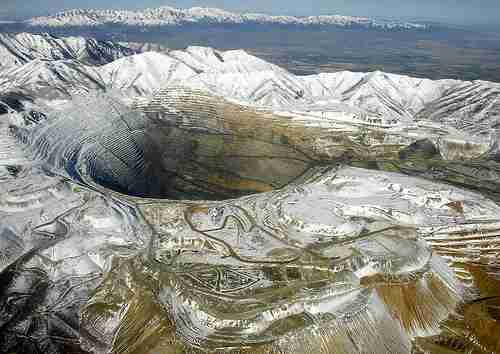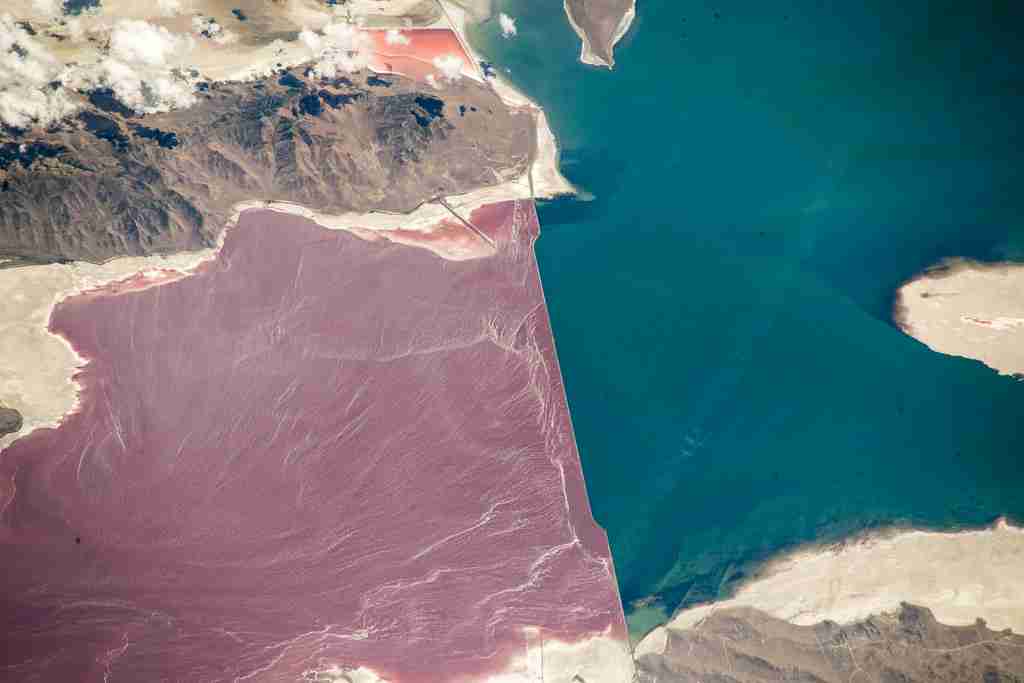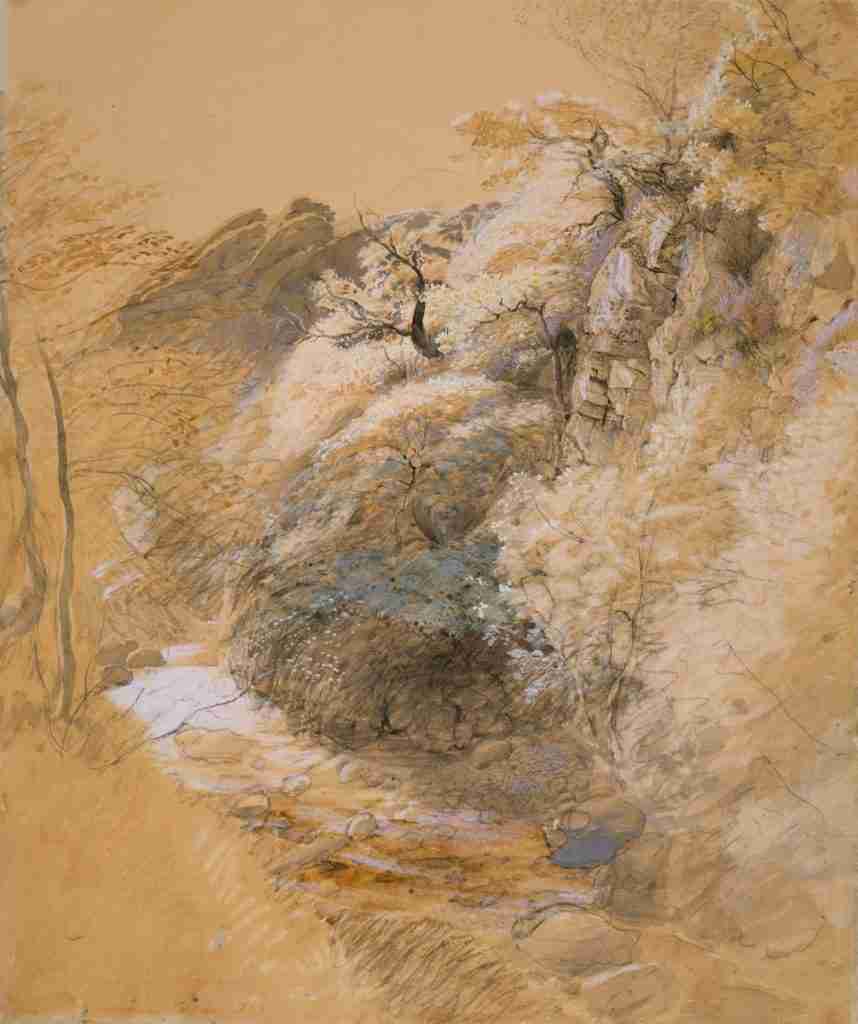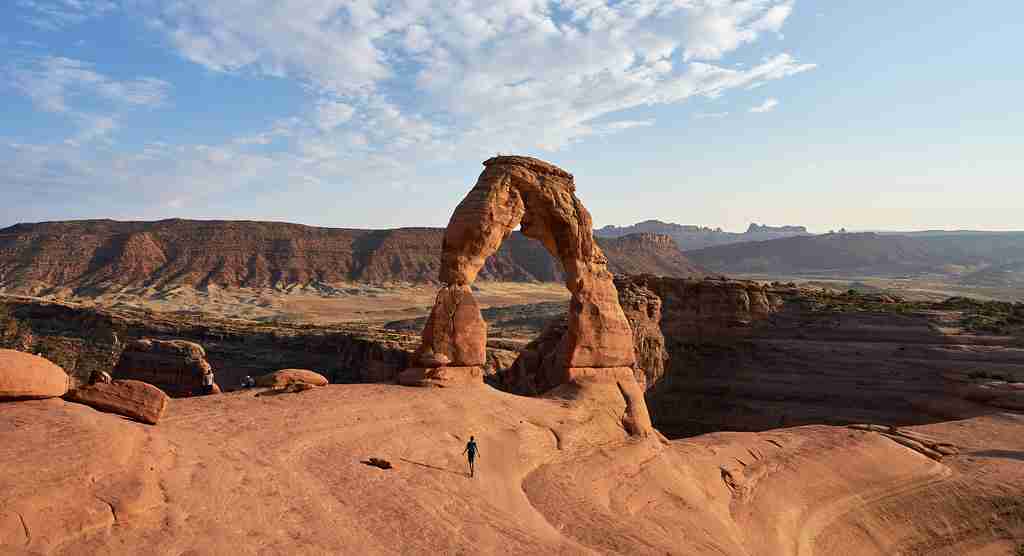22 Fun Facts About Utah | Historical Tidbits
1. Utah’s state fish is the Bonneville Cutthroat Trout.
The Bonneville Cutthroat Trout, native to the Bonneville Basin, is Utah’s state fish. This species is known for its distinctive red or orange slash marks on its throat and its importance to the state’s aquatic ecosystems.
Efforts to conserve and restore the Bonneville Cutthroat Trout have been successful, ensuring that future generations can continue to enjoy fishing and wildlife watching in Utah’s rivers and lakes. The fish symbolizes the state’s commitment to preserving its natural heritage
2. Utah has the best snow on Earth.
Utah proudly claims to have the “best snow on Earth,” a slogan popularized by its ski resorts. The state’s unique climate and geography create perfect conditions for light, powdery snow that is ideal for skiing and snowboarding.
With world-class resorts like Park City, Alta, and Snowbird, Utah attracts winter sports enthusiasts from around the globe. The quality of the snow, combined with extensive facilities and breathtaking mountain scenery, makes Utah a top destination for winter recreation.
3. Utah was the first state to host the Winter Olympics after the millennium.
In 2002, Salt Lake City, Utah, hosted the Winter Olympics, making it the first state to do so in the new millennium. The event showcased Utah’s world-class ski resorts and facilities, drawing athletes and spectators from around the globe.
The 2002 Winter Olympics were a significant success, contributing to the state’s reputation as a premier destination for winter sports. Today, Utah continues to attract skiers and snowboarders to its pristine slopes and winter landscapes.
4. Utah is home to the “Mighty 5” national parks.
Utah boasts five of the most iconic national parks in the United States: Arches, Bryce Canyon, Canyonlands, Capitol Reef, and Zion. These parks are renowned for their stunning landscapes, including towering arches, vibrant canyons, and breathtaking vistas.
Visitors from all over the world flock to Utah to experience the natural beauty and outdoor activities these parks offer. Whether you’re into hiking, rock climbing, or simply taking in the views, the “Mighty 5” provide endless opportunities for adventure and exploration.
5. The first KFC was established in Utah.
In 1952, the first Kentucky Fried Chicken (KFC) restaurant was opened in Salt Lake City, Utah. Colonel Harland Sanders, the founder of KFC, chose this location to begin what would become one of the world’s most famous fast-food chains.
Today, KFC has thousands of locations worldwide, but it all started in Utah. The original restaurant still stands as a testament to the state’s role in the history of American fast food.
6. Utah’s state symbol is the beehive.
The beehive is a significant symbol in Utah, representing industry, perseverance, and the pioneer spirit of the state’s early settlers. It appears on the state flag, seal, and even the state highway signs.
This symbol reflects the hard-working nature of Utah’s residents and their commitment to building a prosperous community. The beehive also ties into the state’s nickname, “The Beehive State,” highlighting the importance of these values in Utah’s history and culture.
7. The youngest population in the United States.
With a median age of around 31 years, Utah boasts the youngest population of any state in the U.S. This youthful demographic is partly due to the state’s high birth rate and a large number of young families.
This vibrant and dynamic population contributes to a lively cultural scene and a growing economy. The youthful energy is evident in Utah’s innovative industries, educational institutions, and recreational activities.
8. Utah is a leading producer of copper.

Utah is one of the top producers of copper in the United States, thanks to the Bingham Canyon Mine. Located southwest of Salt Lake City, this mine is the largest man-made excavation in the world and has been in operation for over a century.
The copper produced in Utah is used in various industries, including electronics, construction, and transportation. The state’s mining industry plays a crucial role in its economy, providing jobs and contributing to technological advancements.
9. It is famous for its unique rock formations.
Utah’s landscape is dotted with unique and stunning rock formations, attracting geologists, photographers, and tourists alike. Some of the most famous formations include Delicate Arch in Arches National Park and the hoodoos in Bryce Canyon.
These natural wonders are the result of millions of years of geological processes, including erosion and sedimentation. Exploring Utah’s rock formations offers a glimpse into the Earth’s ancient history and the forces that have shaped our planet.
10. Utah is a major center for film production.
Utah’s diverse landscapes and scenic beauty have made it a popular location for film and television production. Numerous movies and TV shows have been filmed in the state, including classics like “Butch Cassidy and the Sundance Kid” and “Indiana Jones and the Last Crusade.“
The state’s film industry is supported by organizations like the Utah Film Commission, which helps facilitate productions and promote Utah as a premier filming destination. This has boosted the local economy and showcased Utah’s natural beauty to audiences worldwide.
11. Utah is home to the largest independent film festival in the U.S.
The Sundance Film Festival, held annually in Park City, Utah, is the largest independent film festival in the United States. Founded by Robert Redford in 1985, the festival has become a prestigious event for filmmakers and cinephiles alike.
Each year, the Sundance Film Festival attracts thousands of visitors and showcases a diverse selection of independent films. The festival has launched the careers of many prominent filmmakers and continues to be a vital platform for new voices in cinema.
12. Utah has the largest saltwater lake in the Western Hemisphere.

The Great Salt Lake, located in northern Utah, is the largest saltwater lake in the Western Hemisphere. It spans approximately 1,700 square miles and is a remnant of the ancient Lake Bonneville that once covered much of the state.
This unique body of water is known for its high salinity, which allows people to float effortlessly. The Great Salt Lake is also a crucial habitat for millions of migratory birds, making it a hotspot for birdwatchers and nature enthusiasts.
13. Utah’s state tree is the Blue Spruce.
The Blue Spruce was designated as Utah’s state tree in 1933. This evergreen tree is known for its striking blue-green needles and is commonly found in the high mountain regions of the state.
Blue Spruce trees play a significant role in Utah’s natural environment, providing habitat for wildlife and contributing to the state’s stunning alpine landscapes. They are also a popular choice for landscaping due to their beauty and resilience.
14. Utah is home to the world’s largest natural rock span.
The Rainbow Bridge in southern Utah is the world’s largest natural rock span, with a height of 290 feet and a span of 275 feet. This awe-inspiring natural wonder is located in the remote area of Glen Canyon National Recreation Area.
Accessible only by boat or a strenuous hike, the Rainbow Bridge is considered a sacred site by Native American tribes. Visitors are drawn to its majestic beauty and the sense of tranquility that surrounds this natural marvel.
15. Utah has more international dark sky parks than any other state.
Utah is a leading destination for stargazing, with more international dark sky parks than any other state. These parks are designated by the International Dark-Sky Association for their exceptional quality of night skies and efforts to reduce light pollution.
Popular dark sky parks in Utah include Bryce Canyon National Park, Canyonlands National Park, and Dead Horse Point State Park. These locations offer unparalleled opportunities to view the Milky Way, meteor showers, and other celestial wonders.
16. Utah is known for its unique state cooking pot, the Dutch oven.

The Dutch oven, a versatile and durable cooking pot, is Utah’s state cooking pot. This heavy cast iron pot has been used for centuries, particularly by early pioneers who relied on it for cooking over open fires.
Today, Dutch oven cooking is a beloved tradition in Utah, celebrated with cook-offs and gatherings. The pot’s ability to prepare everything from stews to desserts makes it a favorite among outdoor enthusiasts and home cooks alike.
17. Utah has the second highest number of twin births in the United States.
Utah boasts the second highest number of twin births per capita in the United States. This phenomenon is attributed to various factors, including genetics and the state’s higher fertility rate.
The prevalence of twins in Utah has sparked community events and support groups dedicated to parents of multiples. This unique aspect of Utah’s demographic landscape adds to the state’s family-friendly reputation.
18. Utah’s state fossil is the Allosaurus.
The Allosaurus, a fearsome predator from the Jurassic period, is Utah’s state fossil. Numerous Allosaurus fossils have been discovered in the state, particularly in the Cleveland-Lloyd Dinosaur Quarry, which boasts the world’s largest collection of these fossils.
Visitors to Utah can explore various museums and parks that showcase the state’s rich paleontological heritage. The Allosaurus serves as a symbol of Utah’s fascinating prehistoric past and its contributions to the field of paleontology.
19. Utah is the only state with a monument named after a president who wasn’t born there.
The Lincoln Monument, located in Utah, is unique because it honors President Abraham Lincoln, who had no direct connection to the state. This monument, situated near the Utah-Wyoming border, commemorates Lincoln’s role in establishing the transcontinental railroad.
Completed in 1869, the transcontinental railroad was a significant milestone in U.S. history, with Promontory Summit in Utah serving as the meeting point for the Union Pacific and Central Pacific railroads. The Lincoln Monument stands as a tribute to this historic achievement and its impact on the nation.
20. Utah has one of the largest concentrations of Native American rock art.

Utah is home to one of the largest concentrations of Native American rock art in the United States. Petroglyphs and pictographs can be found in various locations, including Nine Mile Canyon and the San Rafael Swell.
These ancient artworks offer a glimpse into the lives and cultures of the region’s early inhabitants. They are cherished by both historians and visitors for their historical significance and artistic beauty.
21. Utah’s Bonneville Salt Flats are a natural wonder.
The Bonneville Salt Flats, located in northwestern Utah, are a vast expanse of salt crust left behind by the receding Lake Bonneville. These flats cover over 30,000 acres and create a surreal, otherworldly landscape.
Known for their perfectly flat surface, the Bonneville Salt Flats are a popular location for land speed racing, photography, and film production. They offer a unique environment that is both visually stunning and scientifically fascinating.
22. It has the most dinosaur fossils in North America.
Utah is a hotspot for dinosaur fossils, boasting more discoveries than any other state in North America. Sites like Dinosaur National Monument and the Cleveland-Lloyd Dinosaur Quarry are renowned for their extensive fossil deposits.
Paleontologists and dinosaur enthusiasts flock to Utah to study and appreciate its rich prehistoric heritage. The state’s museums and educational programs offer numerous opportunities to learn about these ancient creatures and the environments they once inhabited.
FAQs
Utah was first settled by Native American tribes thousands of years ago, with European settlers arriving in the mid-1800s.
The first European settlers were Mormon pioneers led by Brigham Young, who arrived in the Salt Lake Valley in 1847.
Key events include the establishment of the Mormon settlement, the construction of the transcontinental railroad, and Utah’s admission to the Union in 1896.
The completion of the transcontinental railroad at Promontory Summit in 1869 significantly boosted Utah’s economy and population growth.
Utah’s economy has transitioned from agriculture and mining to a diverse mix of technology, finance, tourism, and education.







